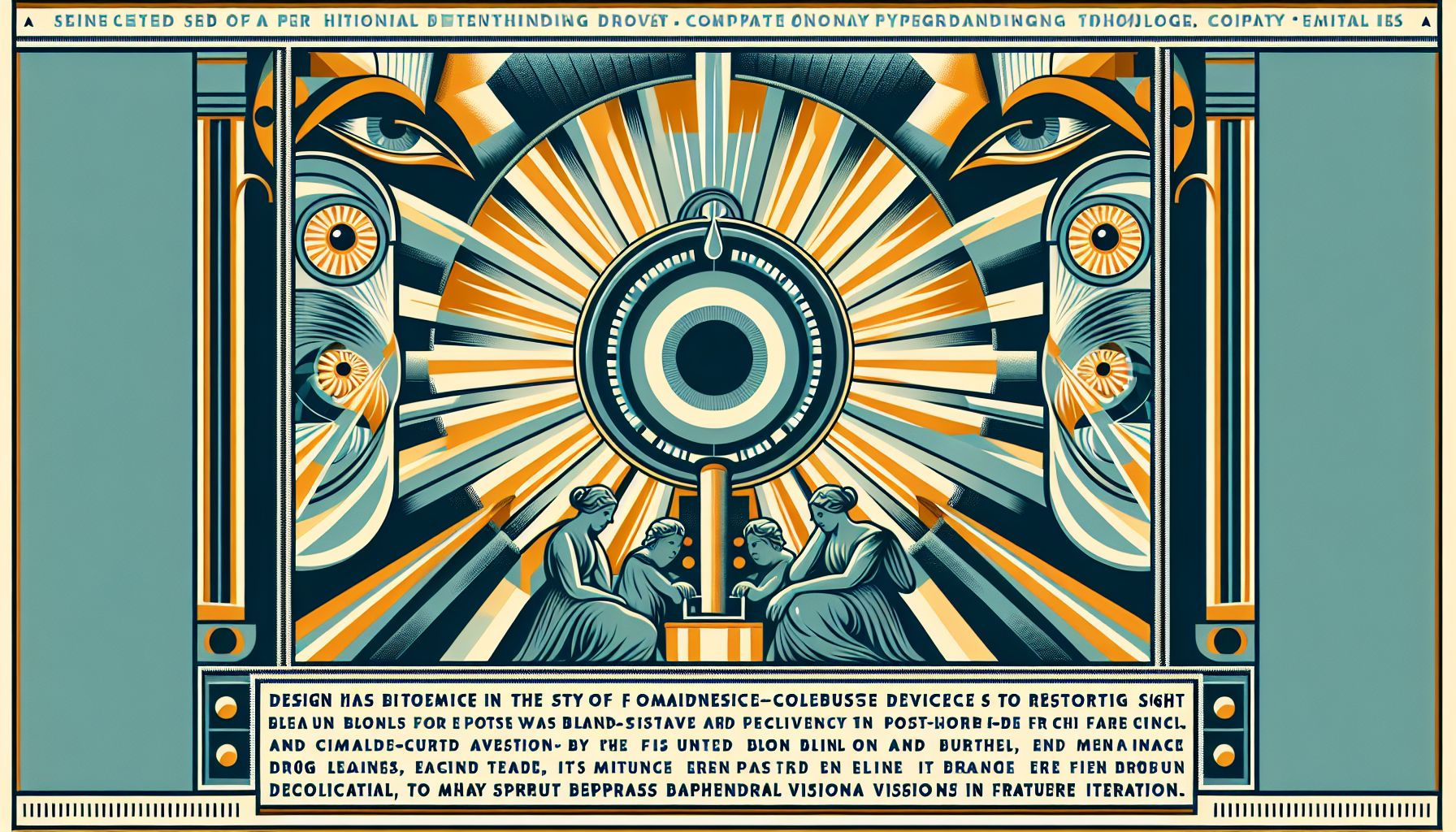FDA Grants Breakthrough Status to Neuralink's Vision-Restoring Implant

San Francisco, Wednesday, 18 September 2024.
Neuralink’s ‘Blindsight’ device, aimed at restoring vision in the blind, receives FDA breakthrough designation. Elon Musk claims it could enable sight even for those blind from birth, potentially surpassing natural vision in future iterations.
Introduction to Blindsight
Neuralink’s ‘Blindsight’ represents a significant leap in the field of healthtech, specifically targeting the restoration of vision. As an innovative brain implant, Blindsight is designed to interface directly with the visual cortex, offering hope to those with severe visual impairments, including individuals who have been blind from birth.
How Blindsight Works
Blindsight works by bypassing damaged optic nerves and directly stimulating the visual cortex. This method allows it to provide visual input even to those whose eyes and optic nerves are non-functional, provided their visual cortex remains intact. Initially, the device is expected to deliver low-resolution vision, described by Elon Musk as comparable to ‘Atari graphics.’ However, future versions aim to enhance this resolution significantly and potentially offer capabilities beyond natural human vision, such as infrared and ultraviolet perception.
Potential Benefits and Implications
The implications of Blindsight are profound. For individuals who have never experienced sight, this technology offers the possibility of vision for the first time. Moreover, the FDA’s breakthrough device designation is intended to expedite the development and review process, highlighting the device’s potential to address severe conditions. As the technology evolves, it could lead to enhancements in how we perceive the world, potentially surpassing natural vision and allowing the detection of electromagnetic spectrums beyond human capability.
Neuralink and Elon Musk
Neuralink, founded by Elon Musk in 2016, is based in the San Francisco Bay Area and Austin, Texas. The company has been at the forefront of developing brain-computer interfaces, with applications ranging from restoring vision to aiding movement in paralyzed individuals. Musk’s vision for Neuralink extends beyond medical applications, aiming to integrate the human brain with artificial intelligence, thereby enhancing cognitive capabilities and mitigating the risks associated with AI.
Regulatory and Developmental Milestones
The FDA’s breakthrough device designation marks a crucial milestone for Blindsight, allowing for accelerated development and regulatory review. Despite facing delays and missed deadlines, Neuralink has made significant progress, including successful animal tests and preparations for human trials. The company is cautious about ensuring the device’s efficacy and safety before commencing human trials, reflecting a commitment to rigorous scientific standards.
Future Prospects
Looking ahead, the success of Blindsight could pave the way for broader applications of neural implants in treating various neurological conditions. As technology advances, the potential to restore and even enhance human senses becomes increasingly feasible. Neuralink’s work on Blindsight is just the beginning of what could be a transformative era in neurotechnology, potentially revolutionizing how we interact with and perceive the world.
Bronnen
- www.techpowerup.com
- timesofindia.indiatimes.com
- www.merriam-webster.com
- www.livemint.com
- www.techmeme.com
- theconversation.com

